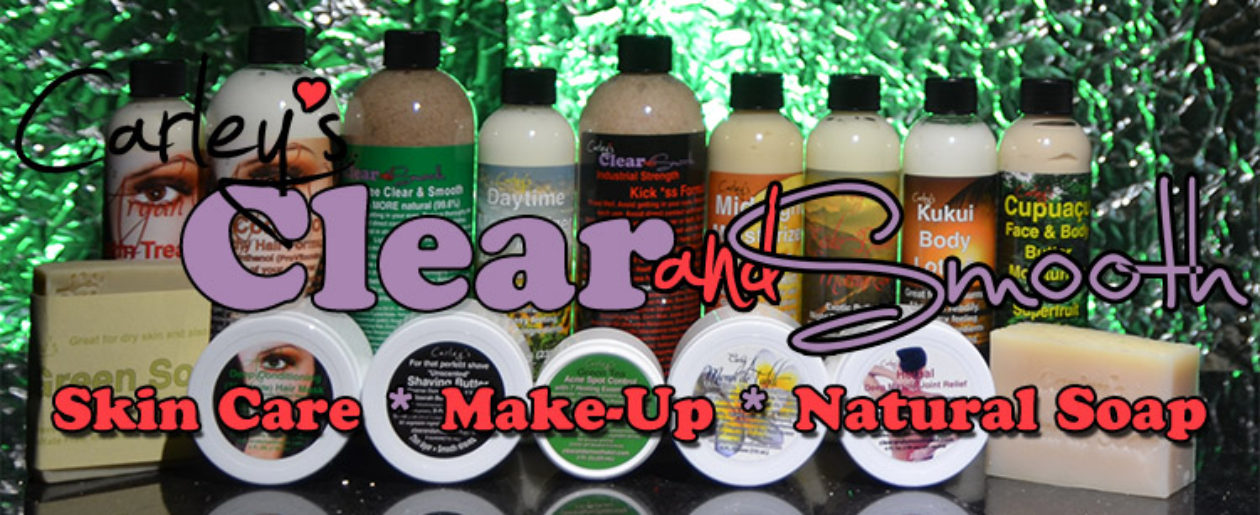Almost all skin care products use some sort of colorant. Moisturizers and most skin care products have dyes in them. The question is what are these colorants made from?
A lot of people remember the scandal with red dye #2 years ago. It seems almost every cosmetic and food product uses some sort of colorant. We don’t. In fact, some of our products will vary from batch to batch because natural ingredients vary from batch to batch. We would never consider using bug juice in any of our products. With our products you get mostly a boring beige (although some of the moisturizers look unique).
Here’s an article from Newsday on January 8, 2009. Notice the liberal use of the word “natural”!
‘Bug juice’ in lipstick, yogurt? Fess up, FDA says
NEW YORK – After a decade of pressure from a consumer advocacy group, the U.S. Food and Drug Administration will require the food industry to disclose that a dye from a pulverized insect must be identified as either “carmine” or “cochineal.”
Starting in two years, food and cosmetics manufacturers will have to disclose the bug-based food additives on their labels. The FDA created the new rule because people who have consumed products that range from yogurt to fruit drinks to candy have developed severe allergic reactions, some of which have been potentially fatal.
The insect in the spotlight is the female cochineal, a flat, wingless beetlelike creature native to Mexico and South America.
It produces a striking red color when crushed and is also favored by the cosmetics industry, which uses cochineal coloring in lipstick and other products. The extract also is used for related shades on the color wheel: pink, orange and purple.
“All food manufacturers are competing with each other and are trying to make their products more attractive,” said Dr. Andrew Adesman, chief of developmental and behavioral pediatrics at Schneider Children’s Hospital in New Hyde Park. “The reality is these food colorings serve no nutritional value. They’re really there just for looks.”
Several parent groups are calling for a ban of the bug-based dyes.
The Center for Science in the Public Interest petitioned the FDA to create the new labeling rule after learning some people had suffered a range of allergic reactions.
“I don’t know where the term ‘bug juice’ came from, but it’s truer than most people think,” said Michael Jacobson, executive director of the center, based in Washington, D.C.
Currently, companies are allowed to use the terms “artificial colors” or “color added” when referring to the bug-based dyes. The colors are considered natural, Jacobson said, because they are derived from an insect source.
The dye also is listed on food labels as E-120, or sometimes simply as cochineal — but not many people know that is the name of an insect, Jacobson said. “Ocean Spray used to use it in its Ruby Red Grapefruit juice but has since stopped. It’s hard to get a list of foods, but we know Dannon and Yoplait list it on their labels.”
Jill Marvin, a spokeswoman for Estee Lauder, told Bloomberg News the company will comply.
Adesman said even though the notion of all-natural sounds appealing, the idea of consuming “squished bugs” seems less so!
